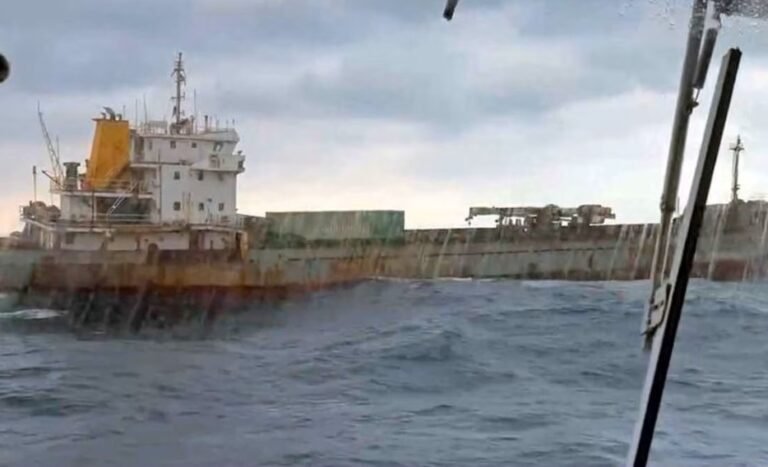Taiwan Blacklists 52 Chinese-Owned Ships Following Subsea Cable Incident
In a recent move, Taiwan has blacklisted 52 Chinese-owned ships that operate under flags of convenience. This crackdown comes in the wake of a subsea communications cable being severed near Taiwan at the beginning of January. The National Coast Guard Administration of Taiwan has identified a Cameroon-registered cargo ship, Shunxin 39, as the suspect in this incident.
Taipei has now set its sights on vessels flagged under countries like Cameroon, Tanzania, Mongolia, Togo, and Sierra Leone. These countries are seen as having ship registration processes that lack stringent safety and regulatory standards.
Threat Assessment
Out of the 52 vessels identified, 15 have been deemed as threats due to their extended presence in Taiwanese waters over the past year. Among these, one vessel has been classified as a “high threat,” while several others are considered to pose medium or lower levels of risk.
Investigations and Actions
Earlier this month, the Shunxin 39 was instructed to return to waters near the Port of Keelung for investigation. However, due to rough weather conditions, coast guard officers were unable to board the ship for inspection and detainment. Subsequently, the ship continued its journey towards South Korea.
It was later disclosed that the vessel is owned by Hong Kong-based Jie Yang Trading, headed by a Chinese citizen.
The National Security Bureau of Taiwan has announced that ships with a history of misreporting information will be placed on a list for priority inspection at ports. Additionally, if these vessels come within 24 nautical miles of Taiwan’s coast and are in proximity to undersea cables, the coast guard will be dispatched to board and investigate them.
Concerns and Observations
Other ships loitering around the Taiwanese coastline have raised concerns. The Belize-flagged Russian general cargo vessel, Vasily Shukshin, was reported to have spent an extended period off Taiwan’s coast, near the Fangshan undersea cable landing station. While initially appearing aimless, the vessel has since started its return journey to Russia.
According to data from Windward, the instances of underwater infrastructure sabotage have been on the rise, with the seas around Taiwan and the Baltic emerging as hotspots for ships deliberately damaging critical subsea infrastructure.

